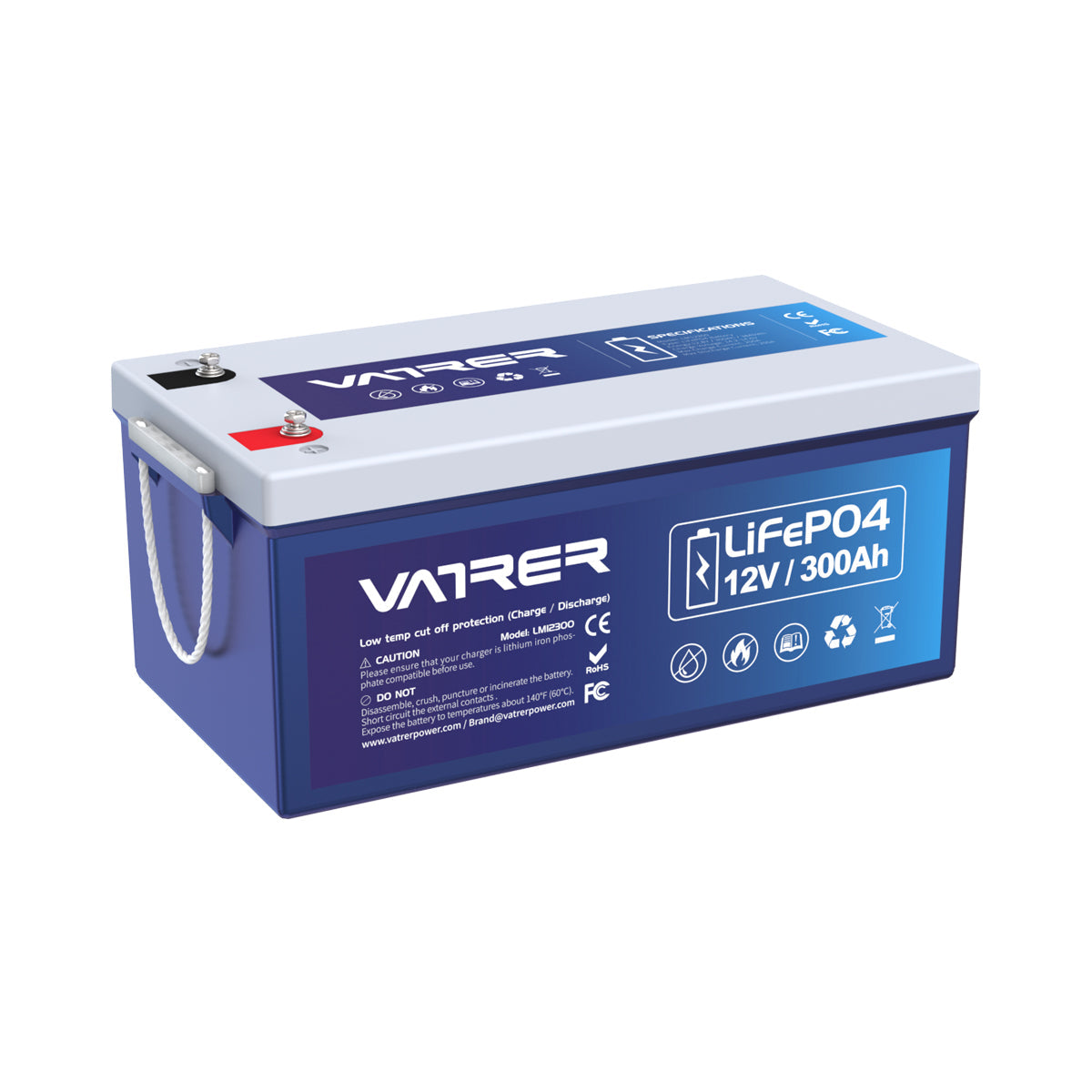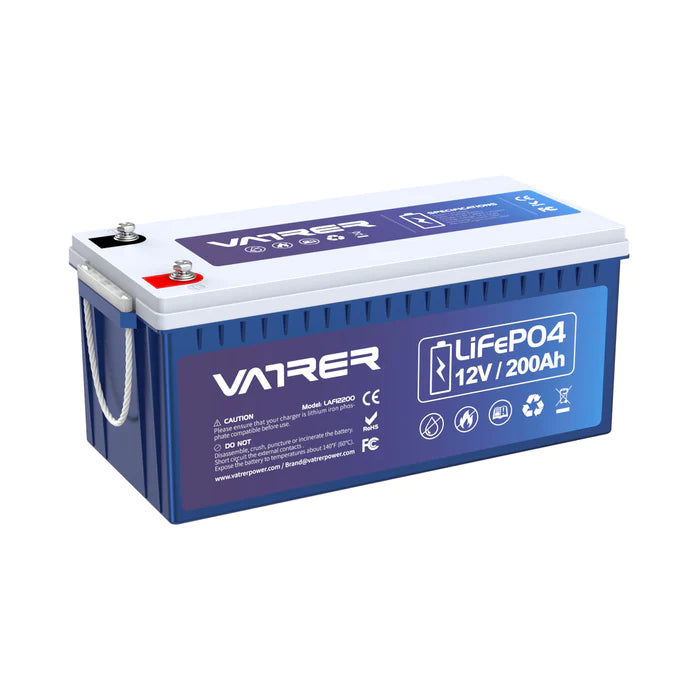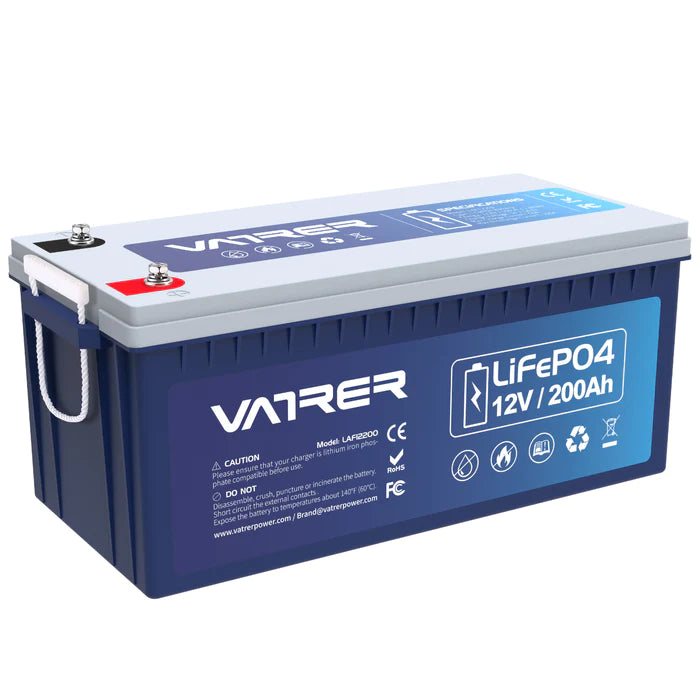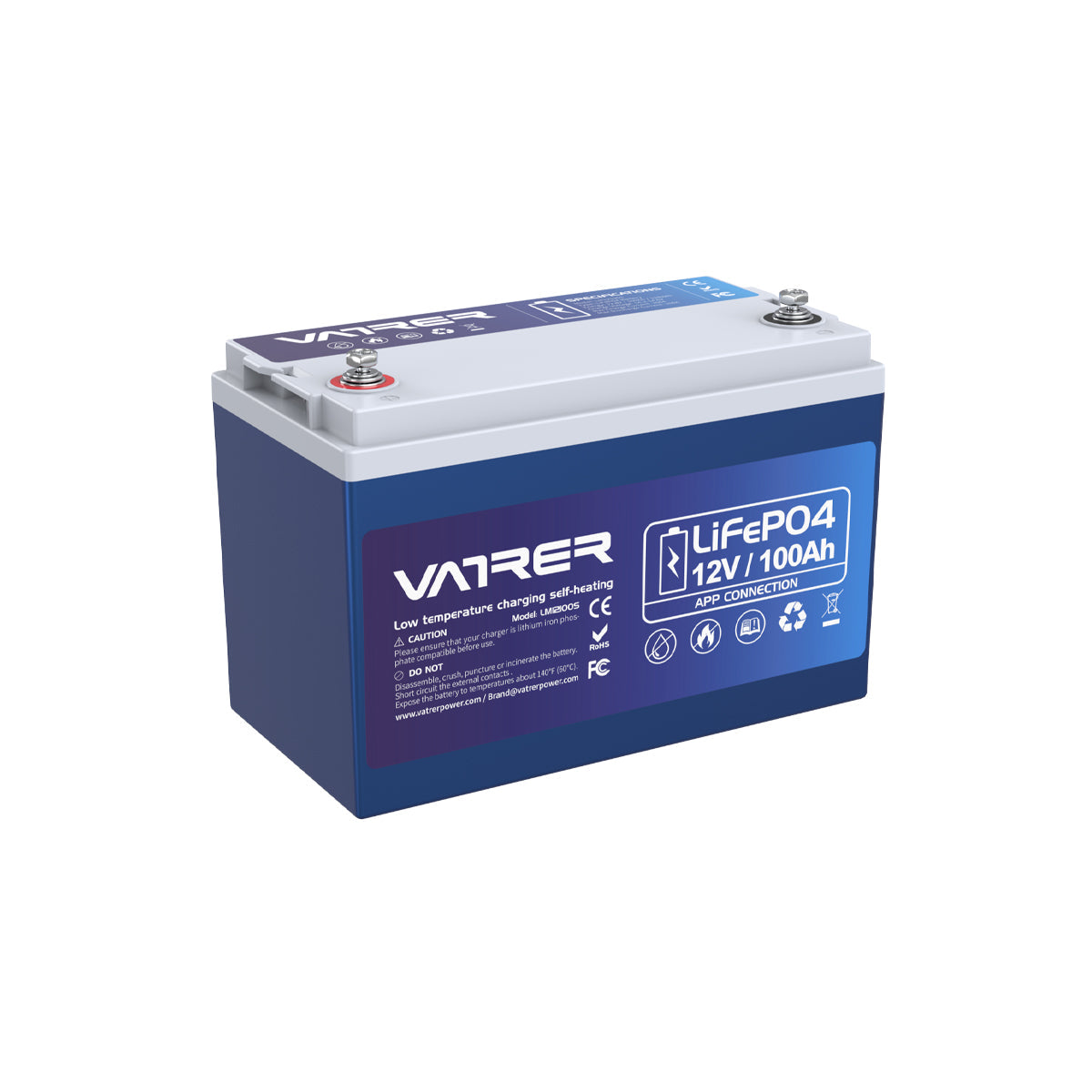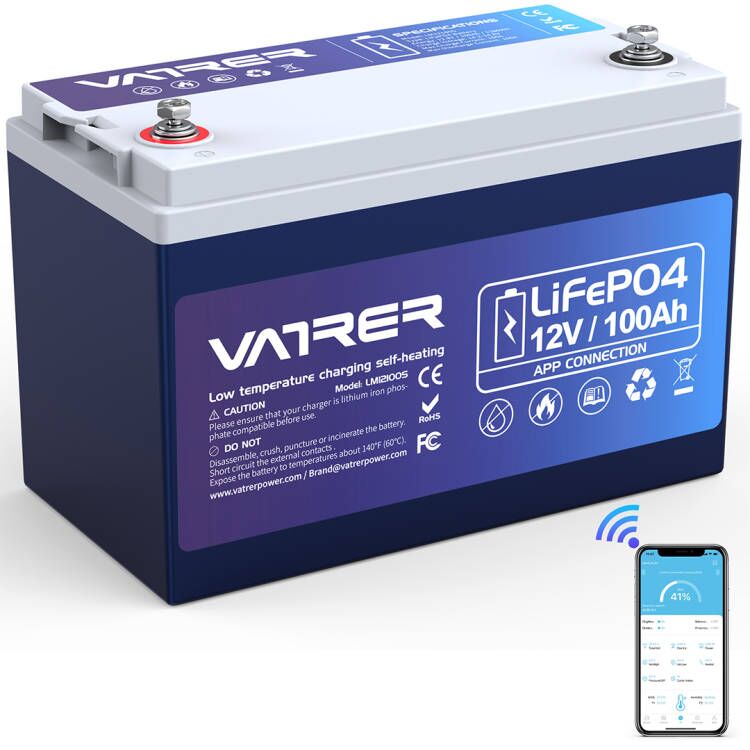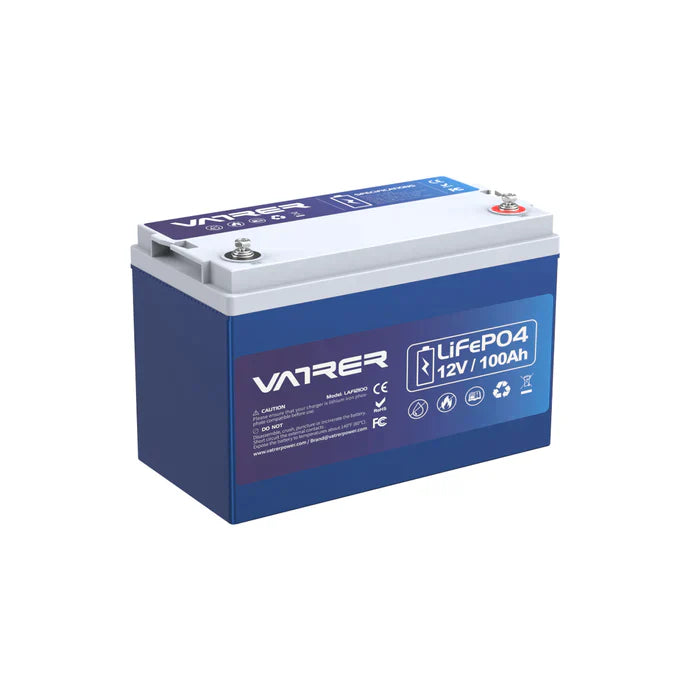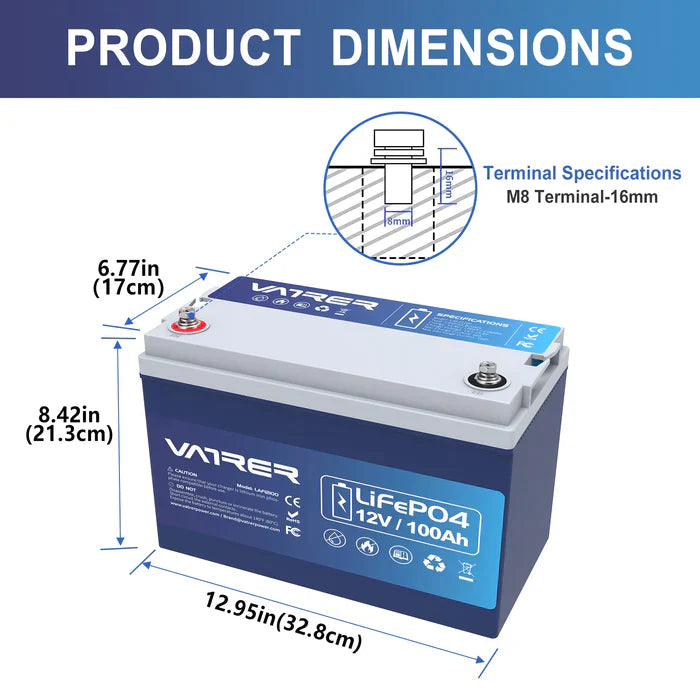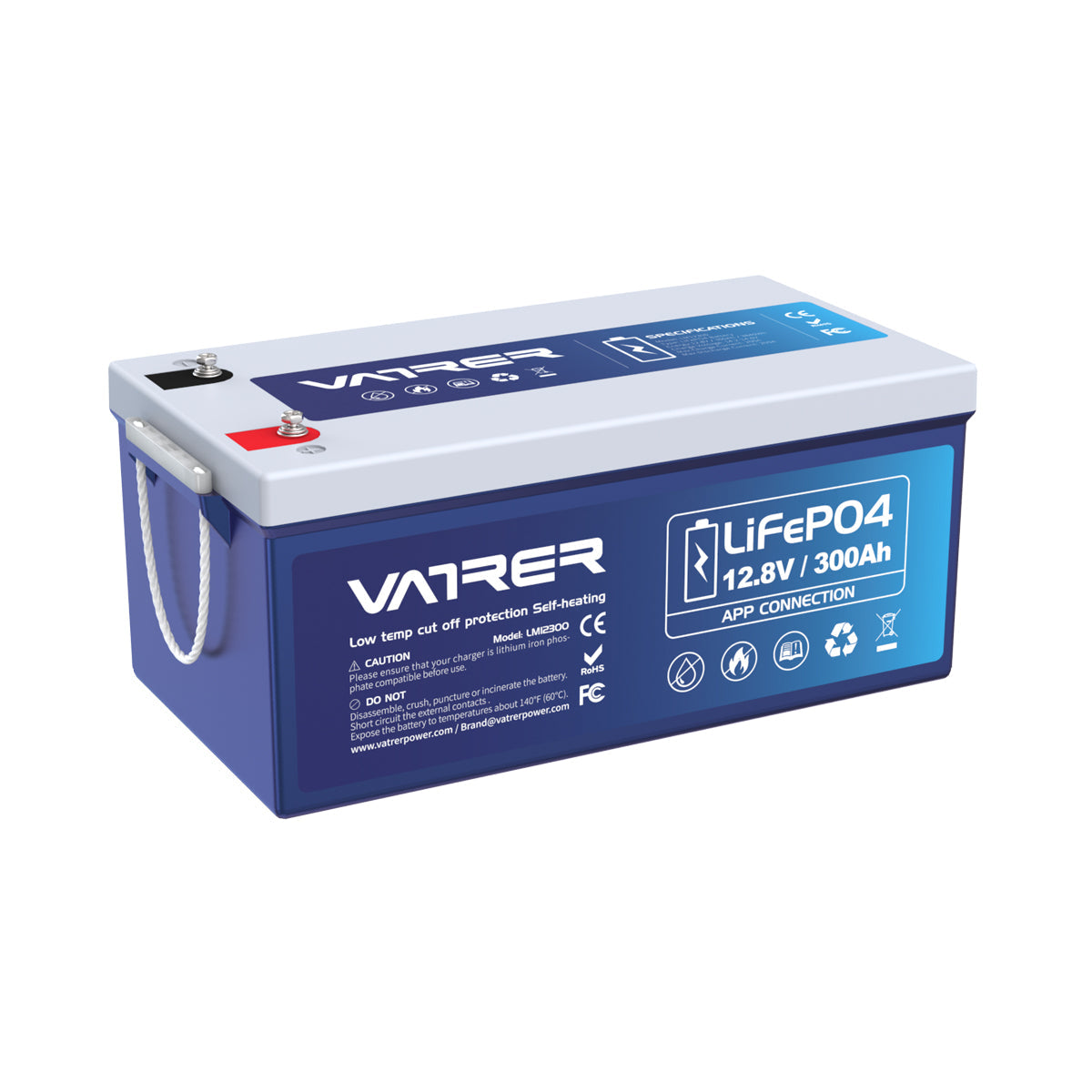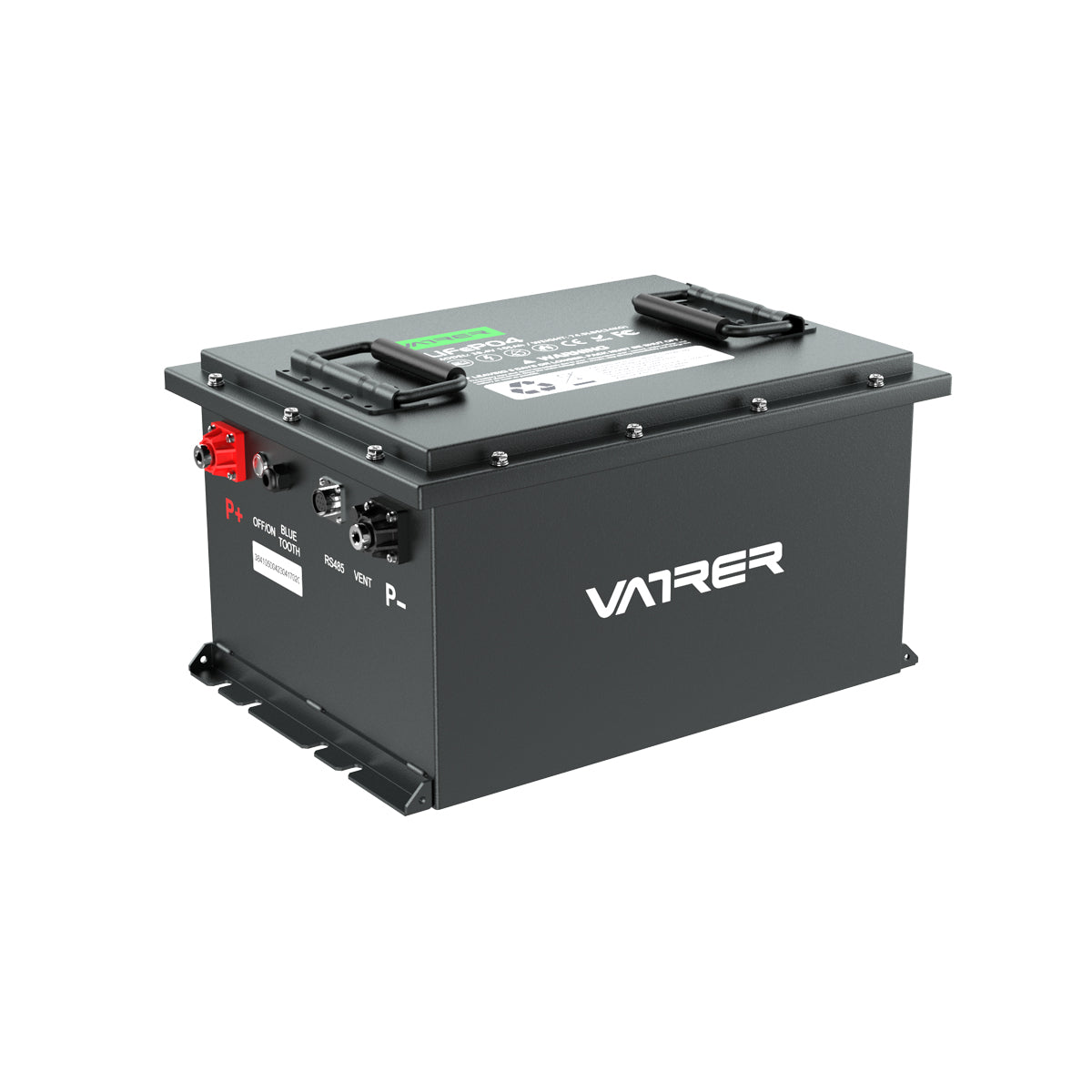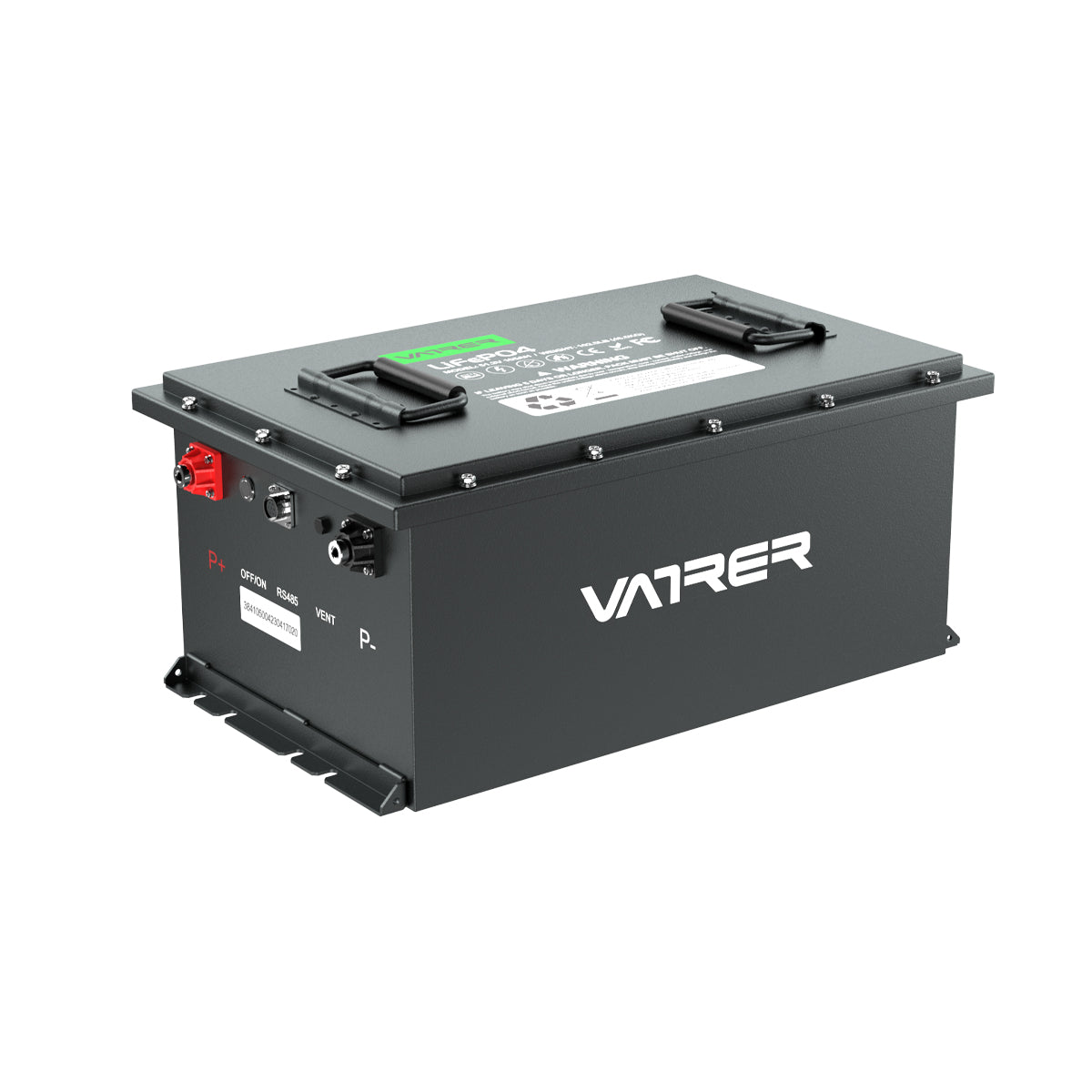Table of Contents
- Introduction
- Understanding Battery Group Sizes
- Size and Dimensions
- Electrical Characteristics
- Compatibility and Applications
- Choosing the Right Battery
- Here's some additional information about Group 24 batteries:
- Capacity
- Reserve Capacity (RC)
- Cold Cranking Amps (CCA)
- Cycle Life
- Maintenance
- Applications
- Construction
- Weight
- Charging
- Lifespan
- Price
- Safety Considerations
- Conclusion
Introduction
When shopping for batteries, you may come across terms like "Group 24" or similar alphanumeric codes. These codes might seem confusing at first, but they actually hold important information about the battery's size, dimensions, and compatibility. In this blog post, we will delve into the meaning of "Group 24" on a battery, explaining its significance and how it relates to your specific needs.
Understanding Battery Group Sizes
Battery group sizes are standardized codes used to classify batteries based on their physical dimensions and electrical characteristics. These codes provide a convenient way to ensure that the battery you choose will fit properly in your device or application. Among the various group sizes, "Group 24" is one of the most commonly used in automotive, marine, and RV applications.
Size and Dimensions
The "Group 24" designation refers to the physical size and dimensions of the battery. It typically indicates a battery that measures approximately 10.25 inches in length, 6.81 inches in width, and 9.37 inches in height. These measurements may vary slightly between manufacturers, but they provide a general guideline for the size of a Group 24 battery.

Electrical Characteristics
While the group size primarily indicates the physical dimensions, it can also provide some insights into the battery's electrical characteristics. In the case of Group 24 batteries, they typically have a nominal voltage of 12 volts, commonly used in automotive and RV applications. However, it's important to note that the group size alone does not determine the battery's capacity or performance. These factors are specified separately and can vary within the same group size.
Compatibility and Applications
Group 24 batteries are widely used in a range of applications, including automobiles, recreational vehicles (RVs), and marine vessels. Their compact size and versatile electrical characteristics make them suitable for powering various devices and systems. Group 24 batteries are commonly used as starting batteries for engines, providing the initial burst of power required to start the vehicle or vessel. They are also utilized as deep cycle batteries in RVs and boats, delivering sustained power over extended periods.
Choosing the Right Battery
While "Group 24" indicates a standard size and electrical characteristics, it's essential to consider additional factors when selecting a battery for your specific needs. Factors such as capacity, reserve capacity, cold cranking amps (CCA), and cycle life are crucial considerations based on your intended application. It's advisable to consult the manufacturer's specifications and recommendations to ensure you choose a battery that meets the requirements of your vehicle or equipment.
Here's some additional information about Group 24 batteries:
Capacity
The capacity of a battery refers to the amount of energy it can store and deliver. Group 24 batteries typically come in different capacities, ranging from around 70 amp-hours (Ah) to 85 Ah or more. Higher capacity batteries will generally provide longer-lasting power.
Reserve Capacity (RC)
Reserve capacity is a measure of how long a battery can continuously deliver a specified amount of power. It indicates the battery's ability to handle sustained loads without being recharged. Group 24 batteries typically have reserve capacities ranging from 100 minutes to 150 minutes or more.
Cold Cranking Amps (CCA)
CCA is a rating that indicates a battery's ability to start an engine in cold temperatures. It measures the maximum current the battery can deliver at 0 degrees Fahrenheit (-18 degrees Celsius) for 30 seconds while maintaining a minimum voltage. Group 24 batteries usually have CCA ratings between 500 and 800 amps.
Cycle Life
The cycle life of a battery refers to the number of charge and discharge cycles it can undergo before its capacity significantly decreases. Group 24 batteries, especially those designed for deep cycle applications, typically have a good cycle life, allowing for repeated charging and discharging without significant loss of performance.
Maintenance
Group 24 batteries are available in different maintenance types. Traditional flooded lead-acid batteries require periodic maintenance, including checking and topping up electrolyte levels. Sealed lead-acid (SLA) batteries, such as AGM (Absorbent Glass Mat) and gel batteries, are maintenance-free and do not require adding water or electrolyte.
Applications
Group 24 batteries are commonly used in a variety of applications, including automotive vehicles, recreational vehicles (RVs), boats, and some smaller solar power systems. They are suitable for both starting and deep cycle applications, making them versatile and widely used in the industry.
Construction
Group 24 batteries are commonly constructed using lead-acid technology, which has been widely used for many years. These batteries consist of lead plates submerged in an electrolyte solution. However, there are also lithium-ion alternatives available in the Group 24 size, offering advantages such as lighter weight, higher energy density, and longer cycle life.
Weight
The weight of Group 24 batteries can vary depending on the chemistry and construction. Traditional lead-acid Group 24 batteries typically weigh between 40 to 60 pounds (18 to 27 kilograms). In contrast, lithium-ion Group 24 batteries are significantly lighter, usually weighing around 20 to 30 pounds (9 to 14 kilograms). The lighter weight of lithium-ion batteries can be beneficial in applications where weight reduction is desired, such as in RVs or boats.
Charging
When it comes to charging Group 24 batteries, it's important to follow the manufacturer's recommendations and use a compatible charger. Lead-acid Group 24 batteries can be charged using standard lead-acid battery chargers, which are readily available. Lithium-ion Group 24 batteries require chargers specifically designed for lithium-ion chemistry to ensure safe and efficient charging.
Lifespan
The lifespan of a Group 24 battery can vary depending on factors such as usage, maintenance, and the specific battery chemistry. Lead-acid Group 24 batteries typically have a lifespan of around 3 to 5 years, while lithium-ion Group 24 batteries can last significantly longer, often exceeding 10 years with proper care and maintenance.
Price
The price of Group 24 batteries can vary depending on the brand, chemistry, and features. Lead-acid Group 24 batteries are generally more affordable compared to lithium-ion options. However, it's important to consider the overall value and longevity of the battery when evaluating the cost, as lithium-ion batteries often provide a longer lifespan and superior performance.
Safety Considerations
It's essential to handle and store Group 24 batteries properly, following safety guidelines provided by the manufacturer. Lead-acid batteries contain sulfuric acid, which is corrosive, while lithium-ion batteries have their own safety considerations. Always follow proper disposal procedures for old or damaged batteries to protect the environment.
Conclusion
The "Group 24" designation on a battery provides valuable information about its size and dimensions, making it easier to find a battery that fits your application. Understanding these codes helps ensure compatibility and proper installation in automotive, marine, and RV systems. However, it's important to remember that the group size alone does not determine a battery's capacity or performance. Consider additional specifications and consult manufacturer guidelines to select a battery that meets the specific requirements of your vehicle or equipment. Make an informed decision and enjoy reliable power with a Group 24 battery suitable for your needs.











